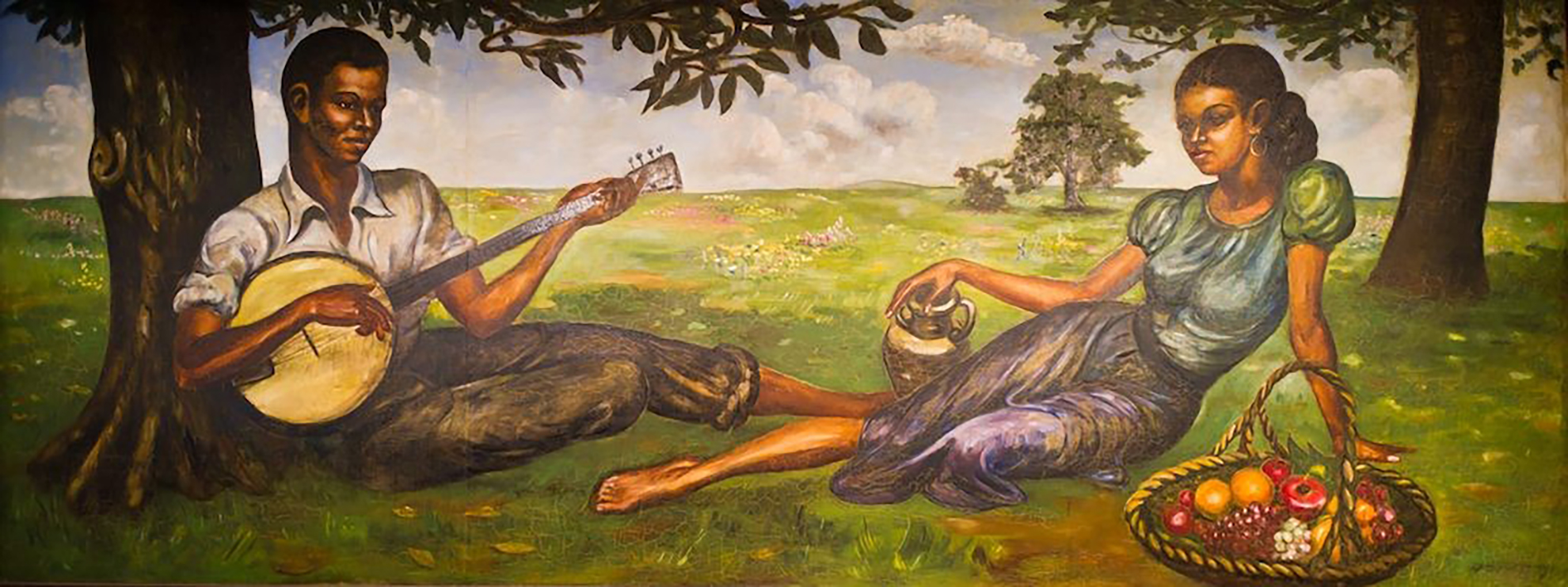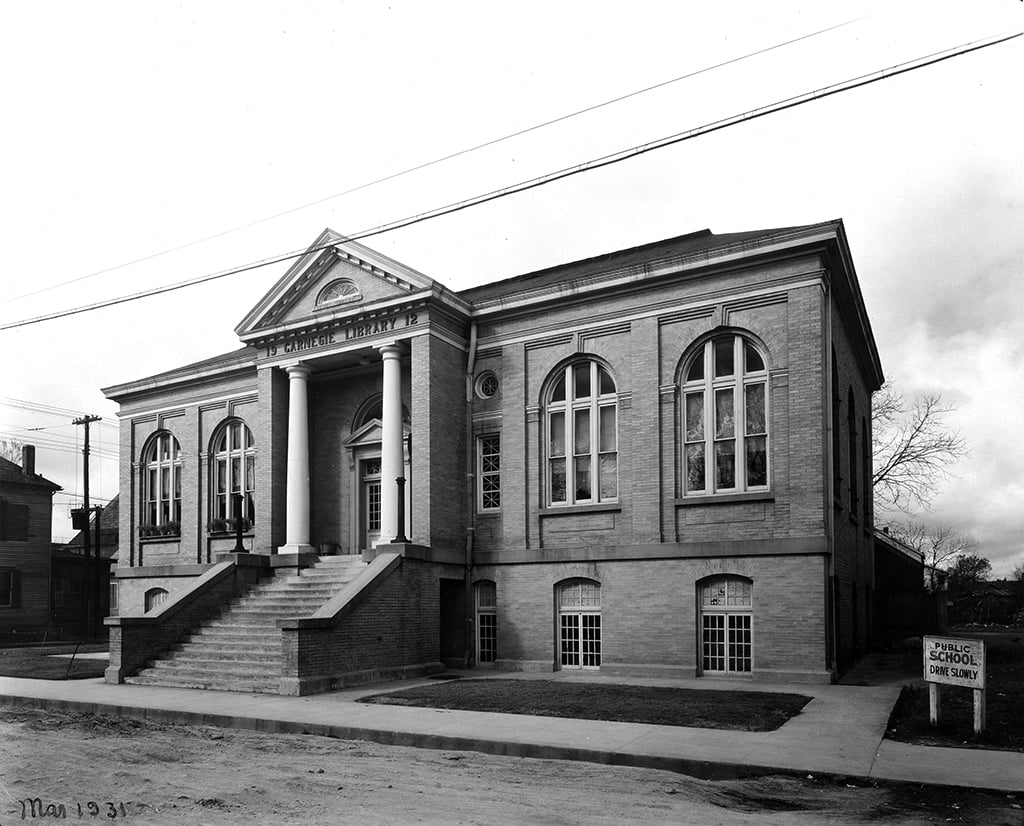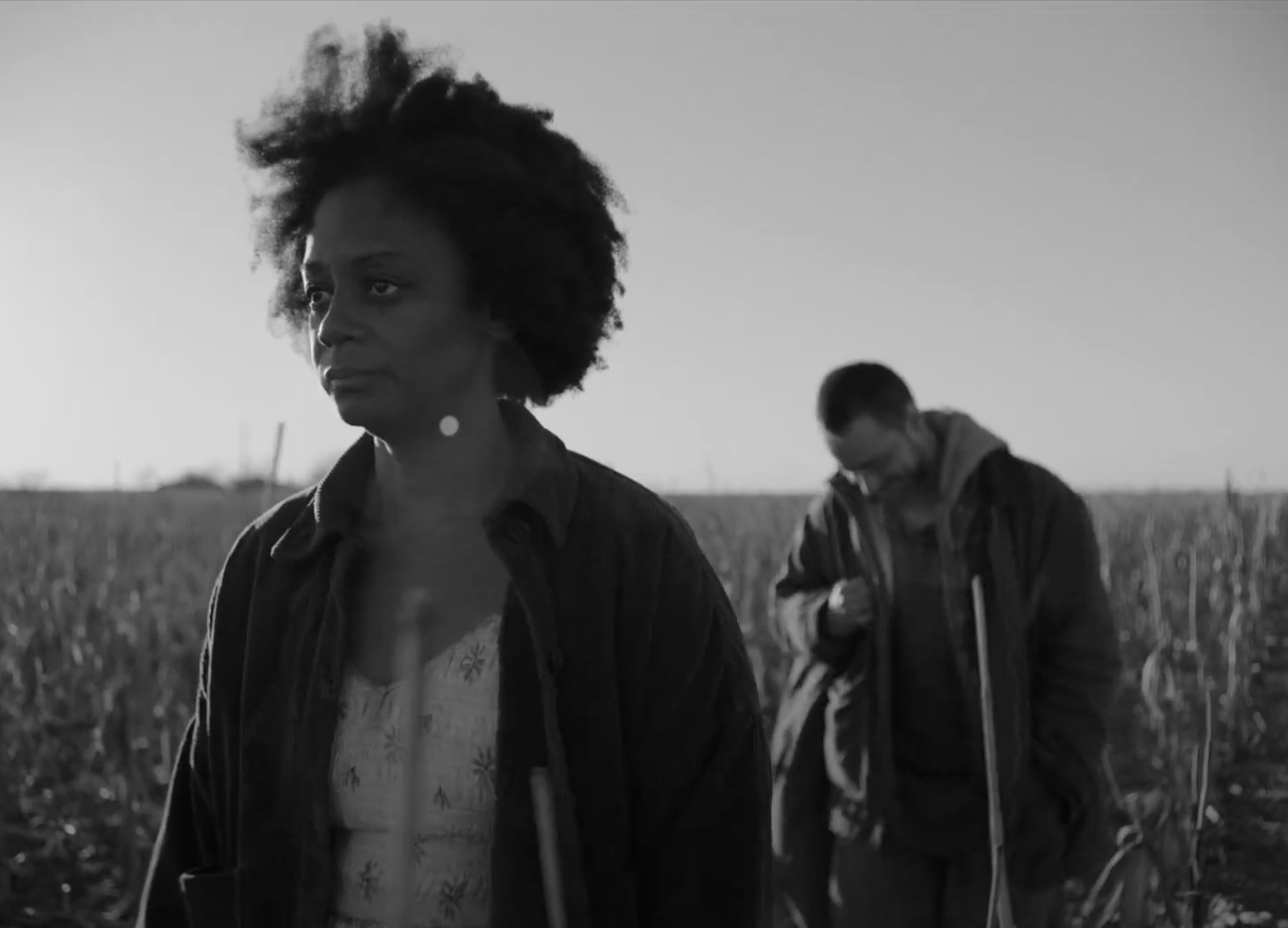
“Wings of Ebony” Brings Black Girl Magic to Life
Houstonian J. Elle’s young adult novel lets Black girls soar through worlds both fantastical and familiar.
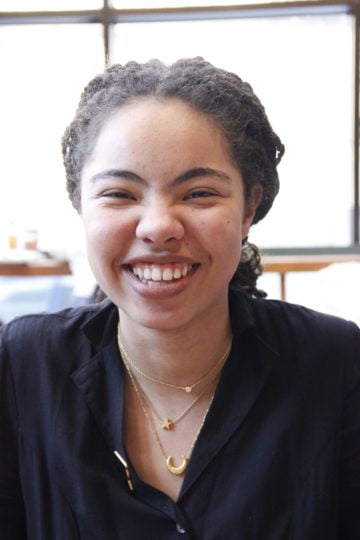
When I Get Home, Houston-born Solange’s 2019 album, is an ode to “a kind of Houston of the mind”—grounded yet ephemeral, breezy yet intentional, capacious and Black-owned. “I saw things I imagined,” she sings. For Solange, as it is for many of the Black folks who call the Bayou City home, Houston is a community where someone sets a place for you, no matter how long you’ve been gone. It’s a city where in the face of gentrification, redlining, and the afterlife of chattel slavery, you can see things you imagine.
Too often, mass media paints the story of Black girl magic as the story of the individual. The first-generation student who beat the odds, the basketball star who worked his way out. Less attention is given to the environments that make those people possible; the grandmamas and mamas cooking gumbo, watching somebody else’s kids, braiding hair on the stoop first thing on a Saturday morning. This is the world of Houstonian J. Elle’s debut novel Wings of Ebony. Although the novel’s literal magic lies in the fictional land of Ghizon, Black girls from Houston are depicted as they have always been—alchemical, making a way out of no way.
The book follows 17-year-old Rue as she reels from her mother’s murder in Houston’s fictional East Row. Shortly after her mother dies, Aasim, Rue’s previously absent father, returns to reveal that she is a demigod of the land of Ghizon. Against her will, he separates Rue from her 12-year-old sister, Tasha, and takes her to Ghizon, immersing her in the world of magic that is her birthright. But Rue’s very existence as half-human is a crime in Ghizon, and she struggles to fit in. On the anniversary of her mother’s death, Rue sneaks back to Houston to check on Tasha and narrowly saves her from a car accident. There, Rue discovers that a gang connected to the stranger who caused the accident has unleashed unprecedented destruction in East Row; Rue must use her newly found magic to protect her community from racist violence that may change her homes in both Houston and Ghizon forever.
In the fantastical landscape of Ghizon, magic lets dishes wash themselves and spells are cast to transport people between worlds. Ghizon is located off the coast of Madagascar, where the Atlantic and Indian Oceans meet. Most people Rue meets there have gray-tinted skin. Rue is othered not only because she is half-human but also because she doesn’t look like the majority. But she learns that before the tribes were united under their current leader, there were dark-skinned Ghizonians from whom she and her father descend.
Elle constructs parallels between the status of Black people in the United States and discrimination in Ghizon, illuminating the burden of living in a world where your culture, your labor, and your magic are undervalued and stolen for others. One parallel to anti-Black racism in the U.S. straddles the two worlds, with laws in Ghizon forbidding interaction with the humans, who they deem to be lesser. A second is within Ghizoni society, with the exclusion of Rue’s ancestry. But without a more conscientious connection between anti-Blackness in the human world and otherness and exploitation in Ghizon, the latter seems to reify anti-Blackness as a sort of innate societal underpinning. Part of the joy of fantastical worldbuilding is discovering a world that isn’t beholden to the racial fictions of white supremacy, even if it’s grey-skinned people instead of white ones discriminating against brown ones.
The worldbuilding in Ghizon is deftly woven, with a new language for spell casting, caste assignment dictating magical duties, and magical coming of age rituals—keys to any successful fantasy, to be sure. But the scenes in East Row sing out more to me because they remind me that we don’t have to be descended from power to be worth fighting for.
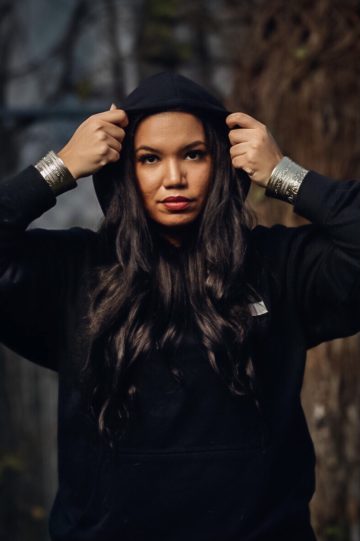
Those who know Houston’s historically Black Third Ward will find familiar ground on the stoops of East Row—the name of the fictional neighborhood calls out to the row houses that dot the real-life community. But more than the physical setting, the book comes alive in the interdependent relationships Elle weaves through the book, from the play cousins to the high school sweethearts: “The whole damn block is family. Neighbors are aunties. I got more cousins than makes any sort of mathematical sense. You can’t work that shit out logically with a family tree chart,” Rue says.
The voices that call out are familiar, too. Rue’s perspective is narrated in the first person and lyrically describes the Houston landscape as well as that of Ghizon. Elle’s choice to let Rue speak in a voice that is authentically hers echoes the words of Black feminist poet and educator June Jordan, who wrote about Black English: “As children, most of the 35 million Afro Americans living here depend on this language for our discovery of the world. But then we approach our maturity inside a larger social body that will not support our efforts to become anything other than the clones of those who are neither our mothers nor our fathers.” In Wings of Ebony, spell work and African American Vernacular English are both the languages of Black girl magic.
Above all else, Wings of Ebony is a riveting first installment in a duology that reminds us of the power of Afro-futurism and the Black fantastic. Perhaps Rue says it best herself: “I’m here for magic and vengeance. Then I’m taking my Black ass back home.” With Rue at their side, a new generation of readers will feel empowered to love the Houston of their minds and bring to life the worlds they imagine.
Read more from the Observer:
-
Texas Solar Hits a Turning Point: As the coronavirus pandemic devastates the state’s already flailing oil and gas industry, solar energy production is on a trajectory for record growth.
-
The Coronavirus Pipeline: U.S. deportations of migrants have exported COVID-19 to Guatemala and prompted fear, chaos, and a collapse of already fragile health services.
-
COVID-19’s Deadly Toll on Texas Workers: As COVID-19 devastates workers unable to stay home, families are left struggling for justice.
